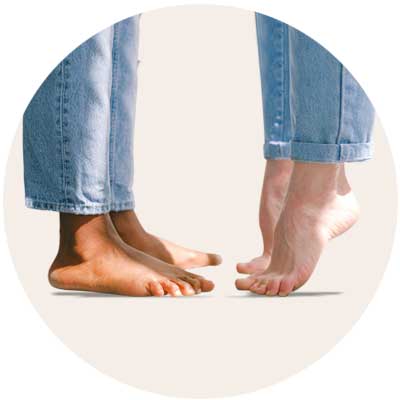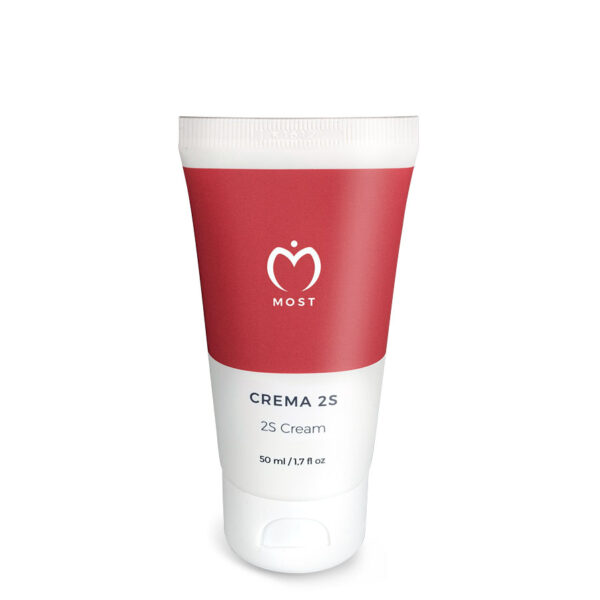

What are ingrown hairs?
Ingrown hairs are hairs that, instead of escaping from the skin’s surface, bend and become trapped under the stratum corneum during regrowth. The trapped hair continues to grow under the skin, often causing a small pustule, abscess or cyst. Ingrown hairs inflame the follicle and, in more serious cases, can cause folliculitis. Ingrown hairs inflame the follicle and, in more serious cases, can cause folliculitis. What are the causes of ingrown hairs? Ingrown hairs usually occur following electric hair removal, epilation or waxing. Even shaving, if done in hastily, can cause irritation and can trigger ingrown hairs to form.
What do ingrown hairs look like?
Ingrown hairs are particularly uncomfortable and can cause: Skin inflammation Itching or burning Formation pustules In some cases, folliculitis. To prevent ingrowing hairs, it is appropriate to use Glicosal Lotion, which works by thinning the stratum corneum, thus keeping the skin less resistant to hair shedding. This prevents the hair from being encased in the skin or becoming encysted.
How to prevent ingrown hairs
Days one to three:
- To reduce inflammation occurring, apply Lenitive Cream once a day for the three days immediately following hair removal or epilation.
- From day four: Apply Glicosal Lotion to the shaved area every evening and continue for the next ten to fifteen days, the average hair regrowth time. Glicosal Lotion helps to thin the stratum corneum layer making it easier for hair to emerge during regrowth and reducing the risk of ingrown hairs.
- From day ten to fifteen: Once hair has reemerged and can be easily felt to the touch, discontinue use of Glicosal Lotion.
Repeat this procedure whenever epilating or removing hair.
How to treat ingrown underarm hair
Apply a small amount of 2S Cream directly onto the ingrown hair(s) every evening. Massage well until the product is completely absorbed. Continue treatment until the skin has returned to normal and inflammation has subsided.













